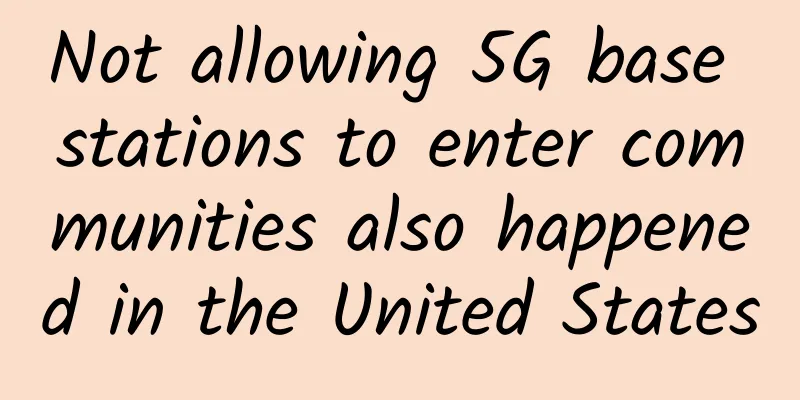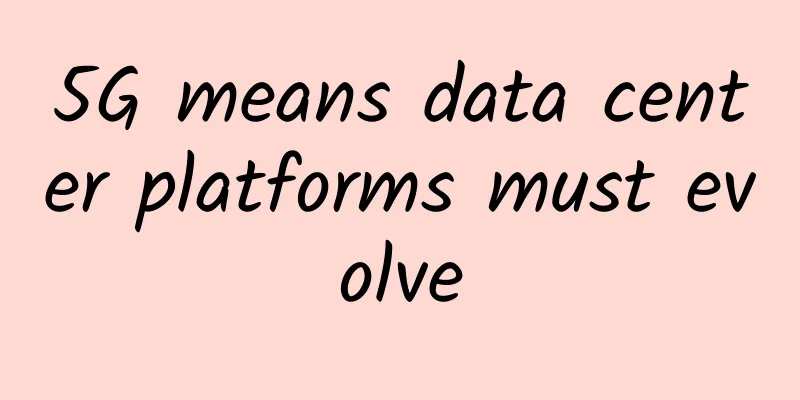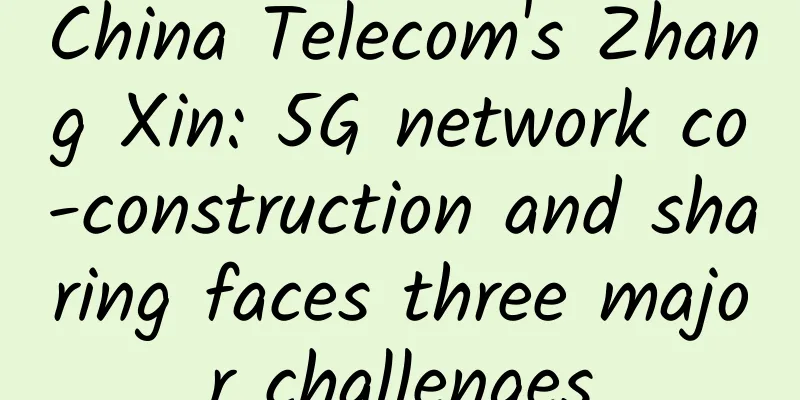Not allowing 5G base stations to enter communities also happened in the United States

|
On August 28, according to foreign media reports, many American cities said "no" to 5G, citing reasons including the impact on health and housing aesthetics and FCC's overstepping of authority. They are trying to restrict operators from building new 5G base stations in residential areas, thus clashing with operators and federal authorities. The following is the translation: Jack Tibbetts, a member of the Santa Rosa City Council, knew he had a problem. It was early 2018, and he began getting calls from constituents on both sides of the aisle. They all pointed out that cellular antennas were going to be installed next to their homes, raising concerns about property values and health. According to the World Health Organization (WHO), a large body of evidence suggests that if RF radiation has any effect on humans, it is only comparable to other “possibly carcinogenic” substances such as coffee and kimchi. More recently, the Federal Communications Commission (FCC) said, citing data from the U.S. Food and Drug Administration, that current limits on the amount of RF energy emitted by these antennas improve their safety. However, all these statements from official agencies have failed to stop conspiracy theories from spreading on social media, and health panic continues to spread on the Internet. Towns throughout Northern California are issuing ordinances that ban new 5G cell towers from being placed in residential areas, citing health concerns. Residents of Portland, Oregon, and Whitefish, Montana, have cited those claims as they lobby their governments to impose restrictions. Lawmakers in four states, including New Hampshire, have introduced bills requiring further research on the health effects of 5G or urging Congress to do so. For Tibbetts, it doesn’t matter whether these new “small cell” antennas (for 4G networks but upgradeable to 5G) being deployed in Santa Rosa are actually dangerous. Some of them are mounted on utility poles just 20 feet from people’s bedroom windows, and residents have complained that Verizon, the wireless carrier, installed them without notifying them first. What matters is that Tibbetts’ constituents don’t want these unwieldy pieces of public infrastructure so close to their homes. Whatever residents’ reasons for opposing new towers, Tibbetts — and countless mayors, governors and local council members across the country — have little or no power under current rules to act on voters’ wishes. They can no longer charge fees for new cell towers, as they once did — a great way to raise money for citizen initiatives. Cities that have acted on voter feedback are enacting regulations that put them at risk of being sued by telecom companies, as Rochester, New York, did this month. 5G, considered the key to the future of telecommunications, global competition, innovation and even municipal infrastructure, has become a focal point of debate. Deploying 5G networks will require an estimated 500,000 new towers and small cells on poles, lamp posts and buildings, in addition to upgrading existing towers. Experts also expect the rollout of 5G to be long, potentially up to a decade or more. Most cities want 5G, but they don’t want to be told how, when, or at what price to get it. The FCC has passed rules designed to speed up the 5G rollout, which is likely to spur heated debate and backfire. FCC calls for rapid 5G deployment “My personal reason for joining the EMF Safety Network is that I think humanity is under threat,” said Sandi Maurer, a member of the EMF Safety Network, an activist group that lobbies to reduce exposure to electromagnetic fields. Partly because of this activism, many towns in Marin County, California, have passed ordinances or resolutions that restrict telecom companies from deploying 5G cell towers in residential areas. Towns like Mill Valley designate areas where cell towers are not allowed, and may also require that cell towers be kept a certain distance apart. In 2018, Verizon withdrew its application to install two small cells in Sebastopol, California, without suing the city or seeking help from the FCC. But since then, the FCC has rolled out its 5G Fast plan, which requires cities and states to approve new 5G antennas within 60 or 90 days. It also limits government leaders from charging mobile carriers for the space that new infrastructure takes up, whether it’s on utility poles, streetlights or building facades. FCC Chairman Ajit Pai and U.S. President Trump have both said widespread deployment of next-generation 5G wireless networks is critical to winning the competition with China.
And city leaders say their power to zone and regulate infrastructure is being curtailed. More than 90 cities and counties have joined together in a lawsuit with the Ninth Circuit Court of Appeals, claiming the FCC has overstepped its authority. A ruling on the lawsuit could come as early as spring, but it could take longer. Shireen Santosham, chief innovation officer for the city of San Jose, California, said the city has approved 596 small cells, all of which can be upgraded to 5G. When the deployment began, San Jose signed agreements with telecom companies to build new small cells at a price of $750 to $2,500 per pole. If those cities lose their lawsuit against the FCC, San Jose may be forced to lower the minimum fee per pole. “What the wireless carriers are asking for is for cities to treat them completely differently than any other entity that’s applying for a building permit,” said Blair Levin, a former chief of staff to FCC Chairman Reed Hundt. “I think that’s counterproductive because over time you get an adversarial relationship instead of a collaborative one.” The most notable example is Rochester, which was sued by Verizon on August 8. The operator claimed that the city's regulations violated FCC regulations by "imposing non-cost fees on mobile operators to deploy and maintain small wireless facilities." In other words, Verizon believes that the city's rent for pole space on which 5G antennas are installed is too high. A Rochester spokesperson said that these fees are in line with what other providers pay. Big and ugly Arguments that 5G harms health are difficult to bring to court because the FCC has sole authority to decide whether radiation from electronic devices is safe. A different — and so far more successful — strategy is to challenge carriers over the size and shape of 5G small cells. The United Chittoowah Cherokee Indian Nations of Oklahoma have launched a legal challenge to the FCC’s current rules, and the D.C. Circuit recently ruled against the FCC, saying that 5G “small cells” are not as small as advertised. The telecommunications industry said the new antennas were no bigger than pizza boxes. But the court said they were so large and conspicuous that their environmental impact needed to be assessed and they were subject to historic preservation rules. |
<<: Paving the way for 5G commercial use, the three major operators made major frequency adjustments
>>: Sogou opens dictation service, the voice recorder industry enters the AI era
Recommend
This scale is unparalleled. 2017 Huawei All Connect Conference wonderful online reviews
The 2017 Huawei Connect Conference officially cam...
Don't use WiFi randomly, be careful with the bank card bound to your phone
Many people have Wi-Fi installed at home. However...
Five technical challenges in deploying IoT networks
Network architects and system engineers beware—ge...
GreenCloudVPS 8th Anniversary Event, 50% off on annual VPS
GreenCloudVPS released an email about its 8th ann...
5 Common SD-WAN Challenges and How to Address Them
Software-defined WAN is a feature-rich technology...
F5 President Fan Zhonglin reveals the story behind the acquisition of Nginx. What will F5 do after the perfect complement?
[51CTO.com original article] On March 11, 2019, F...
Mellanox sold more than 2.1 million Ethernet cards in the first three quarters of 2018
Mellanox increases its market share in high-perfo...
Research And Markets: By 2022, about 90% of industrial companies will use edge computing
On February 6, a new report released by market re...
How do operators judge a reliable IoT project? The thoughts of operators’ IoT personnel
Previous article: "The Internet of Things in...
Goodbye, Citrix! Domestic cloud desktop players reshuffle, who can eat more cake?
Recently, another foreign giant announced that it...
Markets and Markets: 5G enterprise market size will reach US$10.9 billion in 2027
According to the latest market research report re...
Pre-5G era: scenarios where Wi-Fi is still indispensable
Recently, the concept of 5G technology has been h...
Why is the latency so high for a simple HTTP call? Let’s capture a packet and analyze it
1. Recently, a strange phenomenon occurred in the...
5G commercial key equipment development completed: ready for large-scale popularization
Samsung recently announced that its 5G RF integra...
What you should know about 5G
When it comes to 5G, the most classic and intuiti...









